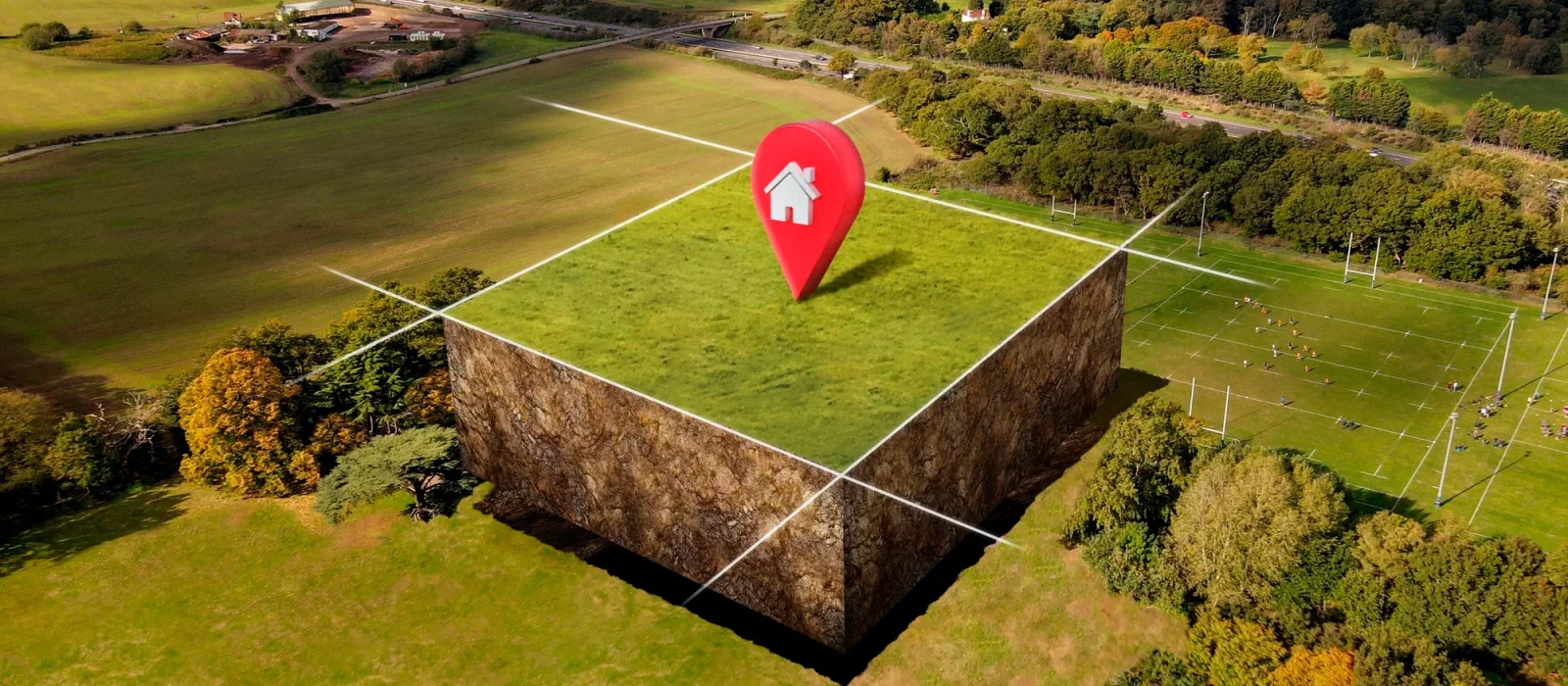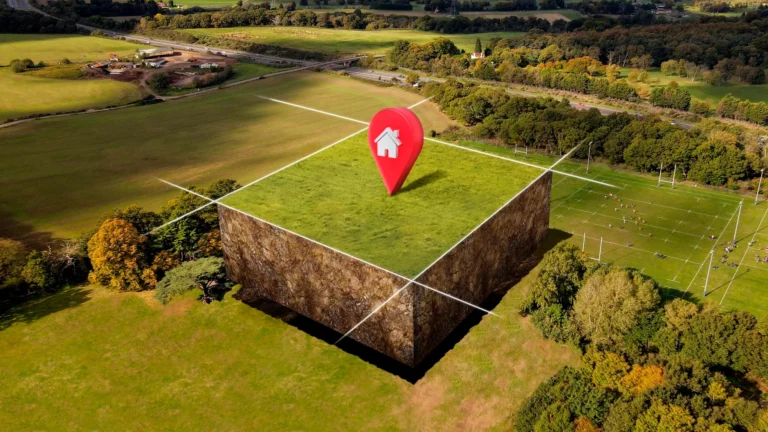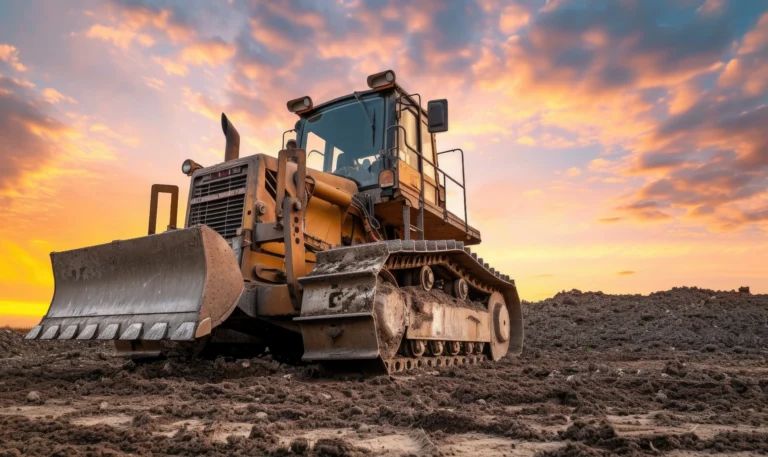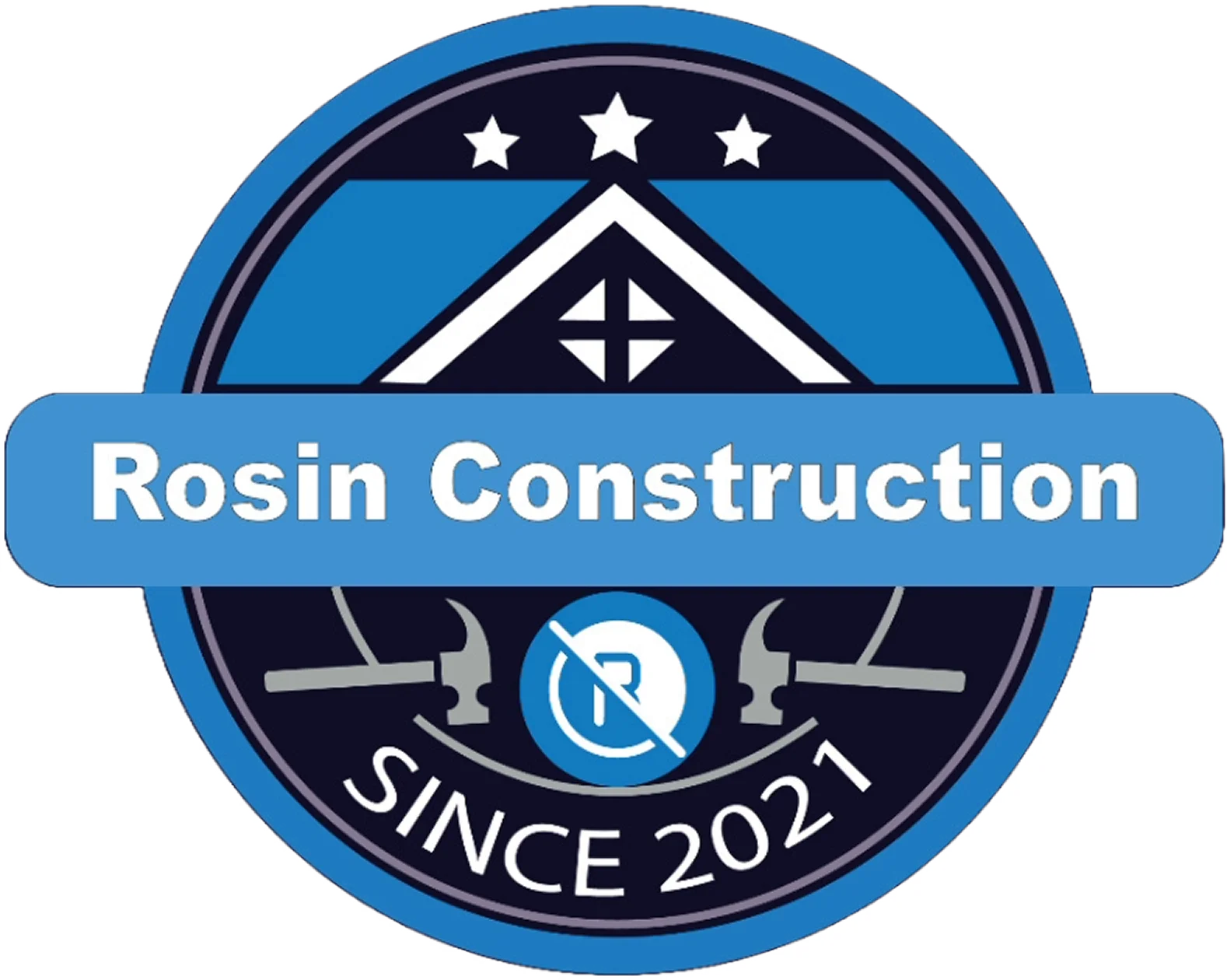How to Plan a Successful Land Development Project
Last Update:

-
Rosin Construction
Table of Contents
Planning a land development project is a complex process that requires careful strategy, technical expertise, and a clear understanding of regulatory and market demands. Whether you’re a property owner or a developer in Bangladesh, following a structured approach can help you turn raw land into a thriving residential, commercial, or mixed-use development. This guide provides step-by-step insights to help you navigate each phase, from initial assessment to final grading, ensuring your project’s success and sustainability.
1. Conduct a Feasibility Study
Before breaking ground, it’s essential to evaluate whether your project is viable and profitable. Start with comprehensive market research to understand demand, competition, and economic trends in your target area. Analyze the land’s physical characteristics, such as soil quality, drainage, and access to utilities. A detailed feasibility study should also include budget planning, cost projections, and potential revenue streams.
Key Steps:
Assess market demand and trends
Analyze site conditions (soil, topography, flood risk)
Estimate costs and potential returns
Identify legal and regulatory requirements
2. Select and Acquire the Right Site
Choosing the right location is critical for the project’s long-term success. Look for land with good access to transportation, utilities, and amenities. Ensure the property is zoned appropriately for your intended use and free from legal disputes or environmental constraints.
Key Steps:
Evaluate multiple sites for suitability
Check zoning and land use regulations
Conduct due diligence on land ownership and title
Finalize purchase and secure financing
3. Assemble a Skilled Project Team
Land development is a collaborative effort requiring expertise from various professionals. Assemble a team that may include civil engineers, architects, landscape architects, environmental consultants, and land surveyors. Their combined knowledge ensures your project design is practical, sustainable, and compliant with all regulations.
Key Team Members:
Civil engineer (site planning, grading, drainage)
Architect (building design, layouts)
Landscape architect (green spaces, sustainability)
Environmental consultant (impact assessments, permits)
Land surveyor (site mapping, legal boundaries)
4. Planning and Design
Work closely with your team to create a master plan that optimizes land use, infrastructure, and aesthetics. This includes designing roadways, drainage, utility layouts, and building placements. Make sure your plans adhere to local building codes and zoning laws.
Key Steps:
Develop conceptual and detailed site plans
Design infrastructure (roads, utilities, drainage)
Incorporate sustainable and efficient land use
Solicit feedback from stakeholders and potential users
5. Obtain Approvals and Permits
Securing all necessary permits and approvals is a crucial step that can impact your project timeline. This may include environmental clearances, building permits, and no-objection certificates from relevant authorities. Ensure all documentation is complete and compliant with local regulations.
Key Steps:
Submit plans for review to local authorities
Address any feedback or required changes
Obtain all necessary permits before construction
6. Infrastructure and Site Preparation
With approvals in place, begin site preparation. This involves clearing the land, grading, and installing essential infrastructure such as roads, water supply, sewage, and electrical systems. Proper site grading is vital to ensure effective drainage and prevent future water-related issues.
Key Steps:
Clear vegetation and debris
Demolish existing structures if necessary
Grade the site according to the approved plan
Install roads, utilities, and drainage systems
7. Final Grading and Quality Checks
The final grading shapes the land’s surface to match your development’s design and ensures proper drainag. Conduct thorough quality checks to confirm that all work meets engineering standards and regulatory requirements. Address any issues before moving forward with construction or handover.
Key Steps:
Complete final grading and contouring
Inspect drainage and utility installations
Perform quality assurance and compliance checks
Conclusion
A successful land development project in Bangladesh requires meticulous planning, a skilled team, and strict adherence to regulatory, environmental, and market standards. By following these structured steps-from feasibility study to final grading-you can minimize risks, maximize returns, and create sustainable developments that stand the test of time.
more insights

How to Plan a Successful Land Development Project
Analyze when it makes sense to rent machinery like excavators and mixers, including cost, flexibility, and maintenance considerations.

The Benefits of Renting Construction Equipment vs. Buying
Analyze when it makes sense to rent machinery like excavators and mixers, including cost, flexibility, and maintenance considerations.

Choosing the Right Construction Materials for Long-Lasting Projects
Selecting the right construction materials is the cornerstone of any successful building project.
